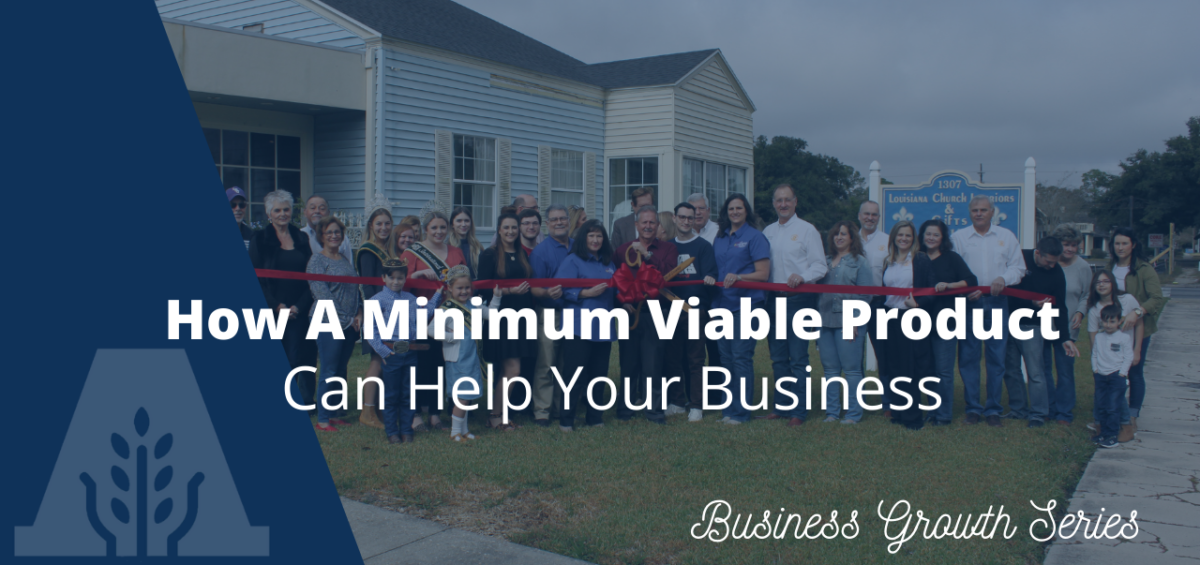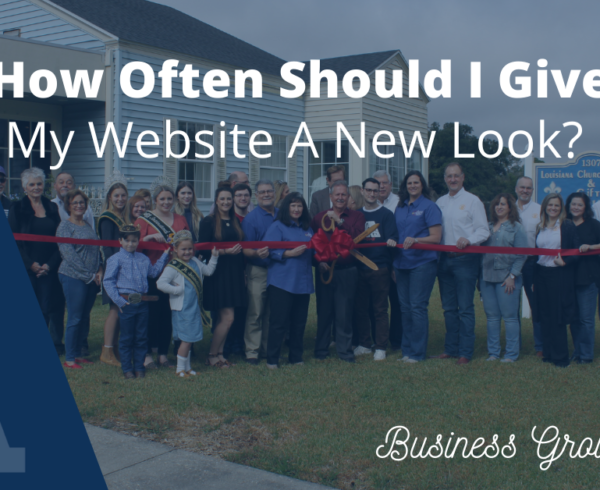Have a great idea for a business? Wondering how to test out your product-without risking everything? If so, you might want to develop a minimum viable product (MVP)-a “version of a new product which allows a team to collect the maximum amount of validated learning about customers with the least effort.”
Simply put, this approach to business testing puts products in the hands of end-users at the earliest possible stage with the goal of using early adopters as real-life market testers. Traditional product development involves creating numerous prototypes and only launching the product once it’s been perfected, while an MVP is designed to help you understand whether or not you should progress you product beyond the prototype stage.
Three Elements of a Minimum Viable Product
According to Techopedia, a minimum viable product needs to have three distinct characteristics:
- It has to deliver enough value to the end user that they are willing to purchase it as-is
- It provides the potential for the future benefit to attract early adopters
- There is an integrated feedback loop which guides future development (or abandonment)
While the MVP concept is most commonly used in the tech industry, the same principles can be used for a wide variety of business ideas.
For example, many restaurants have been using a similar model to test out new menu items for years-they develop a recipe, sell it as a special, and gauge the feedback provided by their customers. If the recipe is a big hit, the restaurant may opt to offer it on a weekly basis, or perhaps even add it to their regular menu.
The Evolution of Online Product Launches
Crowd-funding websites like Kickstarter have helped to make MVP popular among entrepreneurs thanks to the fact that it provides the perfect blend of affordability and access to a community of early adopters looking to discover the next great product. It may be good to check out some of the most successful campaigns and adapt some of their strategies!
This post is part of our Business Growth series. To see more articles in the series, look for the same featured image on our main Blog page, or simply click on the Business Growth Series category near the top of this post!












